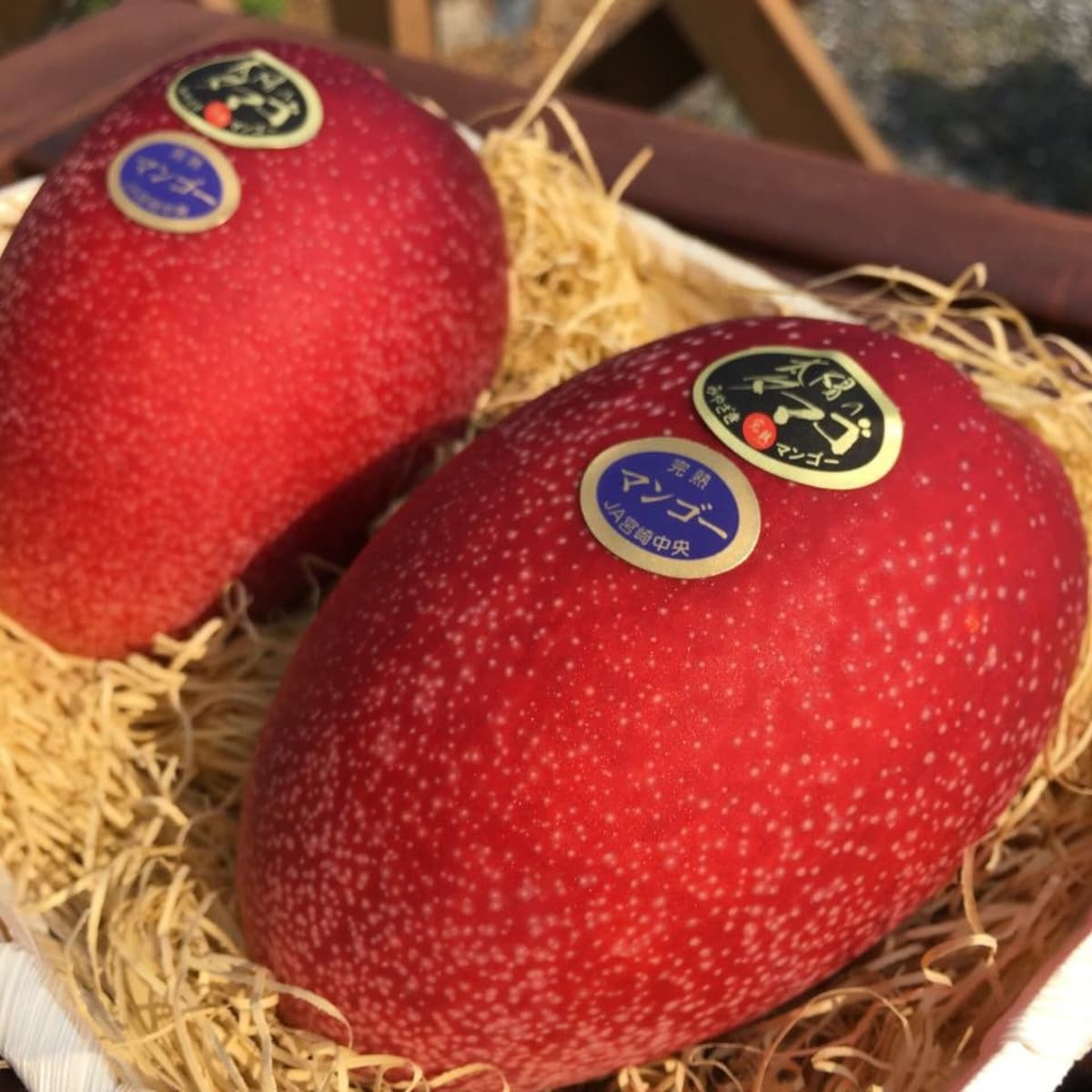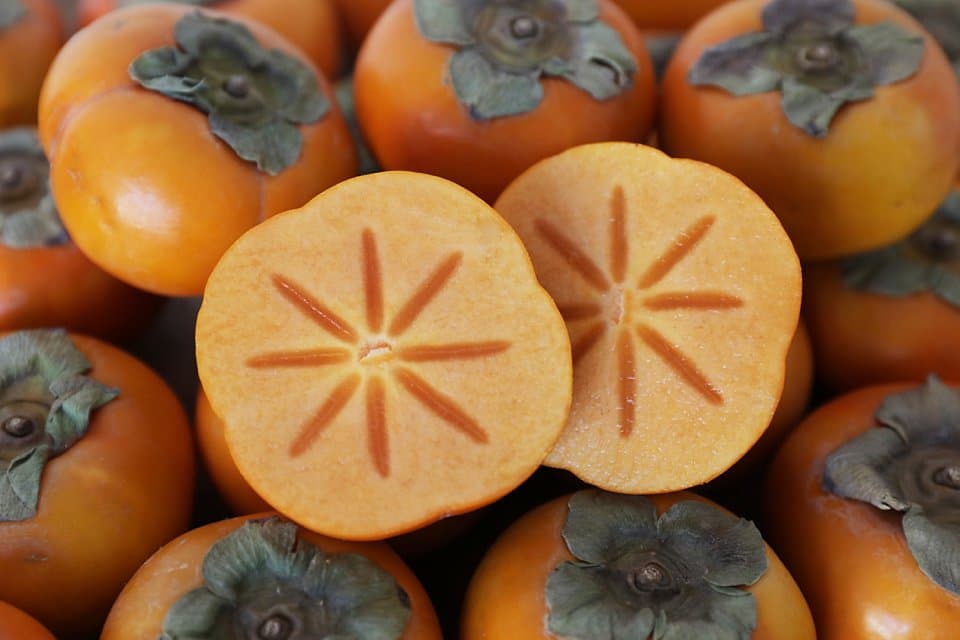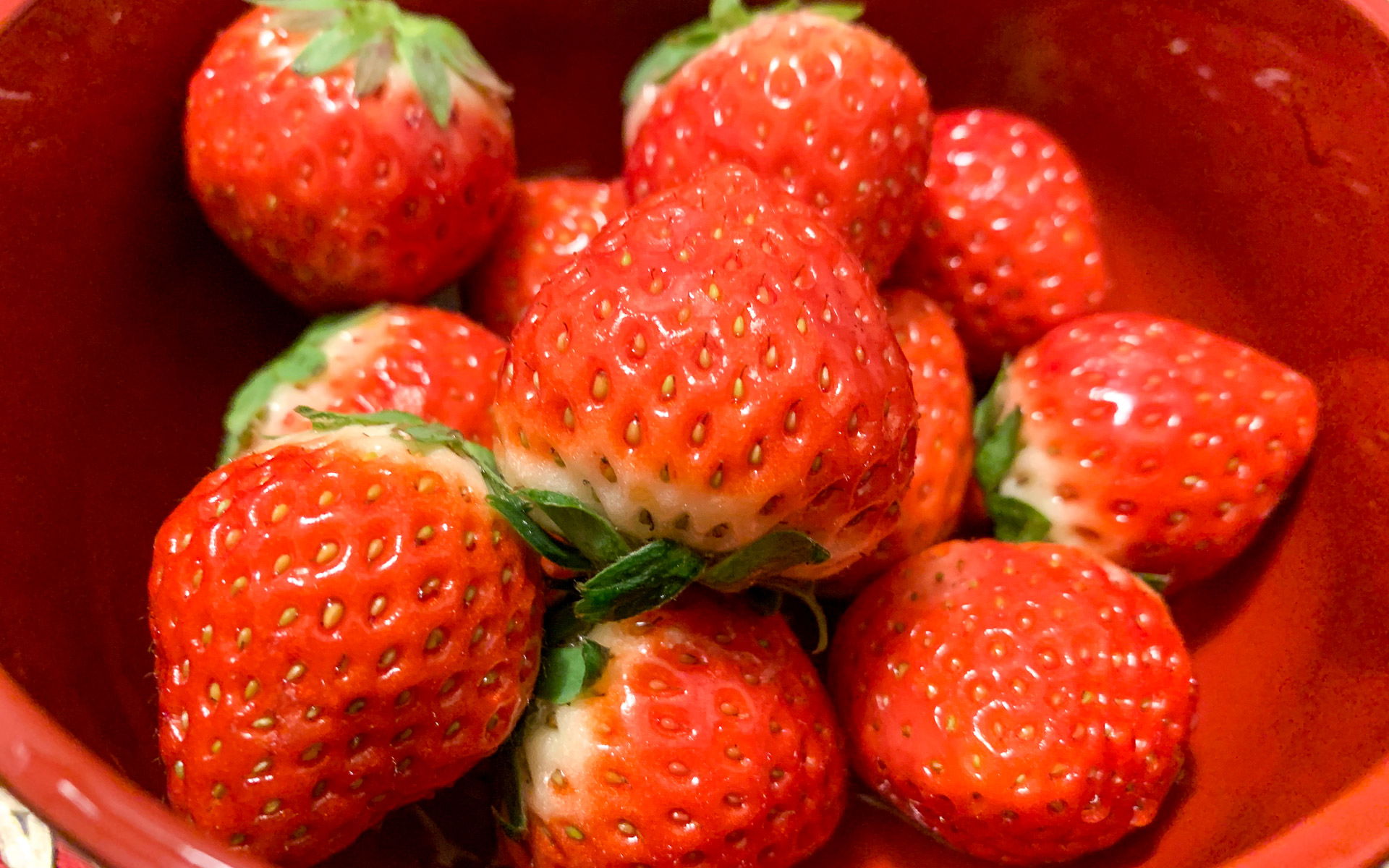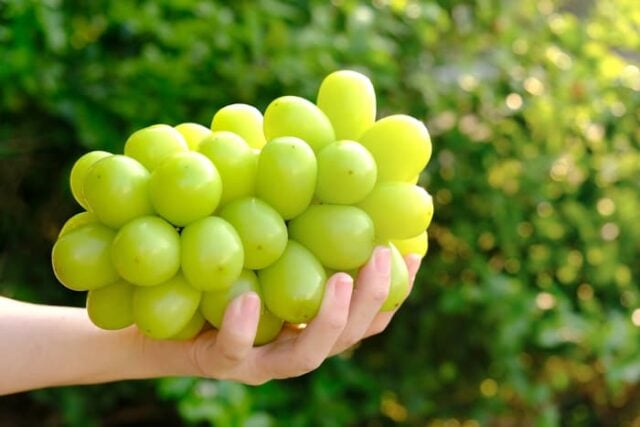Win a Free Trip to Japan!
Experience cherry blossoms and ancient temples
In Japan, fruit is not just a dietary staple; it’s often viewed as a luxury, leading many to wonder why is fruit so expensive in Japan. Whether you’re strolling through a bustling Tokyo market or a serene rural enclave, you’ll notice the steep prices attached to Japanese fruit. But what drives the cost of the most expensive fruit in the world? This detailed analysis seeks to uncover the multifaceted reasons behind the high cost of fruit in Japan, exploring everything from cultural significances and agricultural practices to supply and demand dynamics. We’ll also delve into the role of the gifting culture, discuss import tariffs and policies, and spotlight the famed Yubari King Melon price. By examining the factors including branding, packaging, and future trends, this guide will explain why Japanese fruit is expensive and whether there’s hope for more affordable fruits in Japan. So, is Tokyo expensive only in the realm of luxury shopping, or do these high prices reflect broader national standards? Join us to discover the intricate landscape that makes expensive Japanese fruit a captivating subject of both curiosity and commerce.
Overview of Fruit Prices in Japan
When travelers and expatriates first arrive in Japan, one of the most frequently asked questions is, “why is fruit so expensive in Japan?” This introduction serves as a primer for understanding the factors influencing the high cost of fruit in this country.
Fruit prices in Japan can be surprisingly steep compared to other countries. A quick glance at a typical supermarket reveals eye-popping prices, raising an eyebrow even among locals. Let’s delve into the specifics.
Average Costs for Common Fruits
| Fruit | Average Price (JPY) | Average Price (USD) |
|---|---|---|
| Apples | 200-300 per piece | 1.80-2.70 per piece |
| Bananas | 200-250 per bunch | 1.80-2.30 per bunch |
| Strawberries | 500-800 per pack | 4.50-7.20 per pack |
| Japanese Melons | 2000-3000 each | 18-27 each |
| Yubari King Melon | Upto 25000 each | Upto 225 each |
Key Points for High Fruit Prices
- Quality Standards: One of the factors contributing to expensive fruit in Japan is the rigorous quality control standards. Fruits must meet specific size, shape, and taste criteria before making it to the shelves.
- Limited Agricultural Land: Japan’s geography limits arable land, thereby increasing the cost of fruit in Japan due to limited local production.
- Labor Costs: The high labor cost for maintaining and harvesting fruit crops also contributes significantly. Farmers invest a tremendous amount of manual effort and expertise.
- Packaging and Presentation: In Japan, fruits are often beautifully and individually packaged, increasing their value but also their price tag.
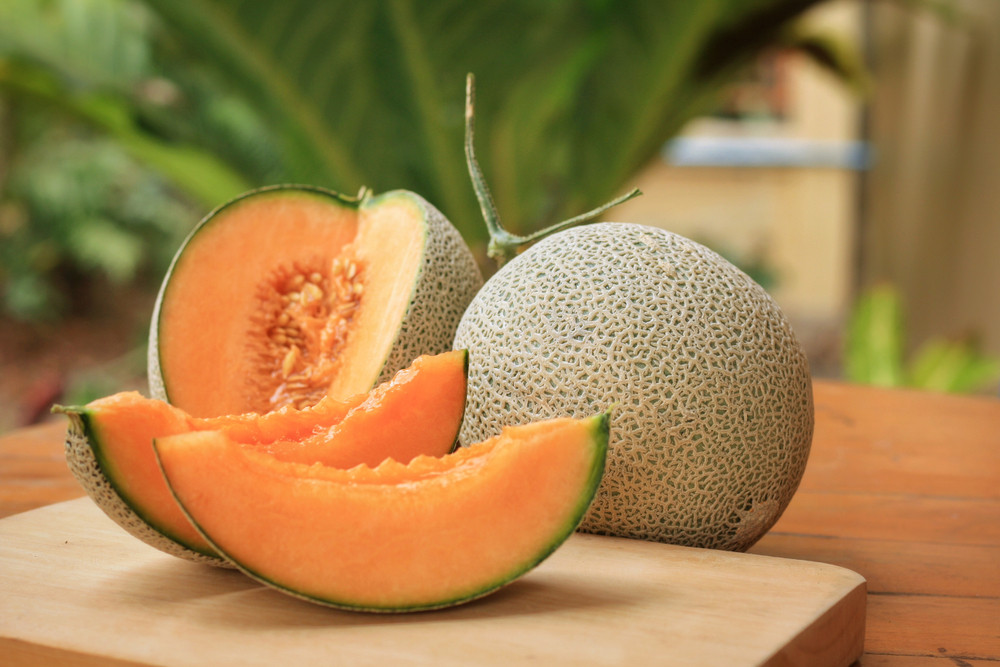
Unique Aspects
- Unique Varieties: Fruits like the Yubari King Melon, known for its exceptional sweetness, can fetch astonishing prices, sometimes as high as ¥25,000 or approximately $225 each.
- Seasonal Availability: Fruits in Japan are often seasonal, which means their availability is limited, further driving up prices due to the laws of supply and demand.
When pondering whether “is Tokyo expensive?”, especially regarding everyday items like fruit, the factors listed above provide a comprehensive overview. It becomes evident that Japanese fruit is more than just a food item; it’s a luxury that reflects a blend of culture, quality, and demand, all contributing to its elevated price tag.
In summary, the Japanese fruit market’s unique dynamics make it one of the most intriguing—and expensive—fruit markets in the world.
Cultural Significance of Fruit in Japan
Fruit in Japan is more than just a dietary staple; it holds a profound cultural importance that significantly influences its pricing. While many countries view fruit as everyday food items, Japanese fruit enjoys a unique status symbolizing luxury, celebration, and meticulous care.
Why Japanese Fruit is Expensive: Cultural Perspectives
Gift-Giving Tradition: In Japan, giving fruit as a gift is an age-old custom. High-end fruits are often presented during special occasions like weddings, business meetings, and festivals. This gifting culture places a high premium on fruits, making the cost of fruit in Japan soar.
Aesthetic Perfection: The Japanese have a strong inclination towards aesthetic perfection. Fruits are meticulously cultivated to be not only delicious but visually flawless. This high standard pushes the prices up, as even minor blemishes can render otherwise perfect fruits unsellable in premium markets.
Factors Contributing to Expensive Fruit in Japan
| Contributors | Description |
|---|---|
| Meticulous Cultivation | Intensive care and manual labor go into cultivating fruit to meet aesthetic and taste standards. |
| Seasonal Rarity | Certain fruits are only available during specific seasons, making them highly valued during those times. |
| Specialty Varieties | Some fruits, like the Yubari King Melon, are unique to certain regions, driving their exclusivity and price. |
| Art of Presentation | Fruits are often individually wrapped, boxed, and presented in exquisite packaging, adding to the final cost. |
Culinary Tradition: Beyond being a luxury item, fruits play a significant role in Japanese cuisine. From gourmet desserts to traditional dishes, the demand for premium quality fruit affects pricing.
Religious and Symbolic Meaning: Fruits often have religious connotations in Japan. For example, they are used in Shinto rituals and ceremonies, further elevating their value and price.
Cultural Ceremonies: Events like the mid-year gift-giving season (Ochugen) and year-end gifts (Oseibo) see a surge in the demand for high-quality fruits, impacting prices due to increased seasonal demand.
In exploring why is fruit so expensive in Japan, it’s critical to understand these cultural nuances. Unlike other parts of the world where fruit is primarily for consumption, in Japan, its cultural significance adds layers of value, contributing significantly to the high fruit prices witnessed across the country.
Agricultural Practices and High-Quality Standards
When exploring why is fruit so expensive in Japan, it’s essential to delve into the agricultural practices and high-quality standards that set Japanese fruit apart. Japanese farmers are known for their meticulous attention to detail and dedication to perfection, significantly contributing to the cost of fruit in Japan.
Specialized Techniques
One primary factor is the use of specialized cultivation techniques that enhance the quality of the fruit. Key practices include:
- Hand Pollination: Many farms employ manual pollination to ensure the optimal growth of each fruit.
- Thinning: Farmers often thin fruit trees to allow remaining fruits to grow larger and more flavorful.
- Bagging: Fruits are frequently bagged while still on the tree to protect them from insects and weather conditions.
Emphasis on Aesthetics and Taste
Japanese consumers place high value on the aesthetics and taste of fruit. Unlike in many other countries, fruits in Japan are often purchased as luxury items or gifts. This means that fruits must meet stringent aesthetic criteria, free from blemishes or irregularities.
“The focus on beauty and taste is unparalleled. Each fruit must be visually perfect and packed with flavor, which requires considerable labor and care.”
Higher Production Costs
These specialized practices inevitably result in increased production costs. The need for manual labor, advanced techniques, and stringent quality control measures contributes to the reasons for high fruit prices in Japan.
Impact of Small-Scale Farming
Unlike large-scale commercial farms seen in other parts of the world, many fruit farms in Japan are small and family-run. This leads to:
- Higher per-unit production costs
- Limited economies of scale
- Increased prices for consumers
Comparison Table: Common Fruits in Japan
| Fruit Type | Japan | USA |
|---|---|---|
| Apples | $4 each | $1 each |
| Strawberries | $20 pack | $5 pack |
| Grapes | $50 bunch | $3 bunch |
These factors combine to explain why Japanese fruit is more costly than its counterparts in other countries. The dedication to quality, aesthetics, and taste significantly drives up the cost of fruit in Japan, making it a luxury rather than an everyday commodity.
Supply and Demand Dynamics
Understanding the reasons for high fruit prices in Japan isn’t complete without examining the underlying supply and demand dynamics. These factors contribute to expensive fruit in Japan and can be broken down into several interrelated components:
Limited Arable Land
Japan’s geography limits the amount of land available for agriculture:
- Mountainous Terrain: Only about 12% of Japan’s land is arable.
- Urbanization: High population density in cities like Tokyo further reduces farmland availability.
High Production Costs
Due to limited land, farms must maximize their yield, often leading to increased production costs:
- Labor-Intensive Agriculture: Many farms rely on meticulous, manual labor to maintain quality.
- Technological Investments: Usage of advanced technologies and greenhouses to combat climatic conditions.
High-Quality Standards
Japanese consumers expect superior quality and aesthetic appeal in their fruits:
- Strenuous Selection Processes: Fruits are carefully examined; only the best make it to market.
- Presentation: Premium packaging adds to the final cost of fruit.
Climate and Seasonality
The distinct seasons impact the cultivation and availability of certain fruits:
- Seasonal Fluctuations: Some fruit varieties are only available during specific seasons, driving up prices when out of season.
- Climate Variability: Natural disasters and weather changes can disrupt supply chains.
Market Demand
Cultural preferences and gifting traditions inflate the demand for pristine fruits:
- Gifting Culture: The perfect fruit often serves as a prestigious gift, increasing demand for flawless items.
- Health Trends: Growing awareness of health benefits associated with fruit consumption drives up demand.
The interactions between these factors lead to a complex cost of fruit in Japan, making it one of the most intriguing aspects of the country’s economy. Here’s a summary to illustrate:
| Factor | Impact on Price |
|---|---|
| Limited Arable Land | Higher land values, constrained supply |
| High Production Costs | Increased labor and technology expenses |
| High-Quality Standards | Costly selection and packaging processes |
| Climate and Seasonality | Seasonal availability, price variability |
| Market Demand | Increased prices due to gifting and health trends |
So, if you’re ever wondering why Japanese fruit is expensive, these factors contributing to expensive fruit in Japan form a large part of the explanation.
The Role of Gifting Culture in Fruit Prices
In Japan, fruits are not just everyday groceries; they hold a unique cultural significance that heavily influences their pricing. Why is fruit so expensive in Japan? The answer partially lies in the deeply ingrained tradition of fruit gifting.
Cultural Importance
Fruits in Japan are often associated with luxury and celebration. High-quality fruits are commonly given as gifts during holidays, special occasions, and company visits. This demand for picture-perfect produce drives up costs in several ways:
Meticulous Cultivation: Japanese farmers invest significant time and resources in growing flawless fruits. This meticulous care results in fewer, but superior, fruits that can fetch higher prices.
Table of Key Factors
| Factor | Description |
|---|---|
| Aesthetic Standards | Fruits must be visually perfect, increasing labor costs. |
| Presentation | Deluxe packaging adds to overall expense. |
| Scarcity | Limited, high-quality fruit supply elevates prices. |
Luxury Gifting Practice
The Japanese gifting culture places a premium on the presentation and quality of the gift. Expensive Japanese fruit often comes in elaborate packaging, sometimes in single boxes or adorned in silk. This luxurious presentation adds to the overall cost, making gifting fruit a symbol of respect and good fortune.
- Yubari King Melon Price: A prime example of gifting culture influencing prices is the Yubari King Melon price, which can reach thousands of dollars.
Conclusion
Understanding the reasons for high fruit prices in Japan requires an appreciation for cultural nuances. The high value placed on fruits as gifts, coupled with stringent agricultural practices and high-quality standards, helps explain why Japanese fruit is more costly.
In summary, the rich tradition of fruit gifting plays a crucial role in the cost of fruit in Japan. Understanding this cultural context provides a clearer picture of the factors contributing to expensive fruit in Japan.
Import Tariffs and Trade Policies
One of the significant factors contributing to expensive fruit in Japan is the country’s stringent import tariffs and trade policies. These regulations are designed to protect local agriculture, but they also directly impact the cost of fruit in Japan. Understanding these elements can help explain why Japanese fruit is expensive.
How Import Tariffs Affect Prices
Japan imposes high import tariffs on most foreign fruits, effectively making them more expensive for consumers. These tariffs serve multiple purposes:
- Protecting Local Farmers: By making imported fruits more expensive, the government aims to protect domestic farmers from international competition.
- Encouraging Domestic Consumption: Higher tariffs encourage consumers to purchase locally grown produce, which is often seen as higher in quality.
- Revenue Generation: Import tariffs also contribute to government revenue, which can be redirected towards agricultural subsidies and improvements.
| Fruit | Tariff Rate | Average Retail Price |
|---|---|---|
| Bananas | 20% | ¥100 each |
| Apples | 17% | ¥150 each |
| Melons | Up to 40% | ¥500 each |
Trade Policies and Their Impact
Besides tariffs, Japan’s trade policies also affect why Japanese fruit is more costly. The country has strict import regulations to ensure food safety and quality. This leads to additional costs in terms of:
- Quality Control: Extensive inspections and quality checks drive up the cost.
- Certification Requirements: Imported fruits must meet specific standards and certifications, further adding to the expenses.
Import Restrictions
Japan’s import restrictions limit the variety and availability of foreign fruits, contributing to their high prices. These restrictions include:
- Quarantine Measures: Mandatory quarantine can delay imports and increase costs.
- Seasonal Limits: Some fruits can only be imported during specific seasons, driving prices up during off-seasons.
“According to experts, Japan’s primary goal is to maintain a balance between protecting local agriculture and providing consumers with diverse fruit options,” explained a trade policy analyst.
The Price Divide: Local vs. Imported
Due to these factors, fruits in Japan tend to be more expensive compared to other countries. For instance:
- Locally Grown Apples: ¥150 each
- Imported Apples: ¥180 each (including tariffs and import costs)
These discrepancies shed light on why Japanese fruit is more costly, particularly in urban centers like Tokyo, where consumers demand high quality.
Understanding the impact of import tariffs and trade policies provides a clearer picture of the reasons for high fruit prices in Japan. This protective stance aims to support local farmers but comes at the expense of consumer prices and fruit variety.
Case Study: The Yubari King Melon
When discussing the most expensive fruit globally, the Yubari King Melon often tops the list. Originating from Yubari, a small town in Hokkaido, Japan, this melon has become synonymous with luxury and refinement. Understanding the Yubari King Melon price sheds light on the reasons for high fruit prices in Japan.
Exceptional Growing Conditions
The Yubari King Melon is grown under meticulously controlled conditions:
- Climate: Hokkaido’s unique climate, with its wide temperature variations, is ideal for cultivating sweet and flavorful melons.
- Soil: Yubari’s volcanic soil is rich in minerals, contributing to the melons’ distinct taste.
- Care: Farmers use specialized techniques to ensure each melon receives optimal sunlight and water, enhancing their quality.
Limited Production
One of the factors contributing to expensive fruit in Japan is the limited production of high-end varieties like the Yubari King Melon. The melons are grown in carefully monitored environments, and only a select few make the grade. This exclusivity drives up the cost of fruit in Japan.
A Symbol of Status and Gifting
In Japanese culture, gifting is an elaborate tradition, and Japanese fruit often plays a significant role. The Yubari King Melon is a premier choice for special occasions and corporate gifts, symbolizing respect and gratitude. This cultural importance inflates its market price, making it an expensive Japanese fruit.
Market Auction Prices
The Yubari King Melon is known for fetching staggering prices at auctions. It’s not uncommon for a pair of these melons to sell for thousands of dollars. This high auction price reflects its status and further contributes to the perception of why Japanese fruit is more costly.
Here’s a concise table to break down why the Yubari King Melon price is so high:
| Factor | Description |
|---|---|
| Exceptional Growing Conditions | Optimal climate, nutrient-rich soil, and specialized farming techniques. |
| Limited Production | Only a small number of melons meet the quality standards, creating scarcity. |
| Symbol of Status | Highly valued in gifting culture, reflecting status and respect. |
| Auction Prices | Regularly fetches high prices at auctions, signifying luxury and exclusivity. |
In understanding the cost of fruit in Japan, the Yubari King Melon exemplifies how a combination of exceptional quality, limited supply, and cultural significance can lead to exorbitant prices. This case study highlights several factors contributing to expensive fruit in Japan and explains why Japanese fruit is expensive compared to other regions.
Comparing Fruit Prices in Tokyo and Rural Areas
Understanding the cost of fruit in Japan involves recognizing the price disparities between urban centers like Tokyo and rural regions. So, why is fruit so expensive in Japan, particularly in its bustling capital city?
Urban vs. Rural Price Factors:
Land and Rent Costs:
- Tokyo: High rent and limited space for markets increase the overhead costs for sellers, which translate to higher fruit prices.
- Rural Areas: With more land available and lower rent costs, fruits tend to be cheaper.
Transportation and Logistics:
- Tokyo: Fruits are often transported from rural farms to urban areas, incurring additional shipping costs.
- Rural Areas: Direct procurement from local farms reduces transportation expenses.
Demand and Supply:
- Tokyo: The higher demand for premium and imported fruits in Tokyo raises prices.
- Rural Areas: Demand may be lower, leading to more competitive pricing.
Quality and Packaging:
- Tokyo: Premium-quality fruits are more prevalent, often presented as luxurious items with elaborate packaging.
- Rural Areas: While quality remains high, the focus is more on selling in bulk without expensive packaging.
Additionally, addressing the question, “is Tokyo expensive?”, we see that living costs, including fruits, are notably higher in major cities than in the countryside. This disparity is driven by the higher cost of living and consumer preference for luxury items in urban centers. The most expensive fruit varieties are often found in Tokyo, with the Yubari King Melon price serving as a prime example: a pair can cost thousands of dollars due to its status symbol.
To summarize, fruits in Japan exhibit varying prices across different regions, influenced by factors such as rent, logistics, demand, and consumer expectations. Understanding these dynamics aids in comprehending factors contributing to expensive fruit in Japan and why Japanese fruit is more costly in urban versus rural areas.
The Influence of Branding and Packaging
In Japan, the influence of branding and packaging on fruit prices cannot be overstated. From meticulously wrapped apples to elegantly boxed melons, presentation plays a critical role in determining the cost of fruit. This meticulous attention to detail is one of the factors contributing to expensive fruit in Japan.
Branding: Creating a Premium Experience
One significant aspect is the branding of Japanese fruit. Producers often market their products as premium items, emphasizing attributes such as:
- Exclusive Varieties: Unique fruits like the Yubari King Melon have a storied history and limited production, enhancing their allure.
- High-Quality Standards: Strict quality control measures from cultivation to packaging ensure consumers receive only the best.
“In Japan, the image of a fruit can greatly affect its price. Special names, regional pride, and even mythology can make a difference,” says fruit retailer Satoshi Nakamura.
Packaging: Artisanal Presentation
When it comes to why Japanese fruit is more costly, the packaging cannot be ignored. Fruits are often presented as luxurious items, fit for a special occasion, which increases their market value. Key features include:
- Elegant Boxes: High-end fruits are frequently sold in beautifully designed boxes, making them ideal gifts.
- Protective Wrapping: Individual wrappings prevent damage and ensure aesthetic appeal, but also add to the cost.
- Brand Labels: Labels indicating origin and quality further elevate the fruit’s status.
Cost Implications
All these branding and packaging efforts result in higher retail prices. Let’s compare:
| Fruit Type | Standard Packaging Price | Premium Packaging Price |
|---|---|---|
| Apple | ¥200 each | ¥600 each |
| Strawberries (250g) | ¥500 per pack | ¥2,000 per pack |
| Yubari King Melon | ¥3,000 each | ¥20,000 each |
The Psychological Effect
Innovative branding and exquisite packaging create a perception of high value, prompting consumers to justify the premium cost. This psychological effect is crucial in understanding why Japanese fruit is expensive.
In conclusion, the influence of branding and packaging is a vital element in the cost of fruit in Japan. Not only do these factors contribute to the luxurious image of expensive Japanese fruit, but they also fulfill cultural expectations and consumer desires, making fruits like the most expensive fruit quite coveted.
Future Trends: Will Fruit Prices in Japan Decrease?
Examining whether why Japanese fruit is expensive will change in the coming years reveals both challenges and opportunities. Several factors contribute to expensive fruit in Japan, and these need to be addressed to forecast future trends accurately.
Current Trends and Future Predictions:
Technological Advancements:
- Innovations in agricultural practices and high-quality standards could lead to more cost-efficient farming methods.
- Automation and better pest control could potentially reduce labor costs and improve fruit yields.
Reduced Import Tariffs:
- Changes in import tariffs and trade policies might facilitate cheaper foreign fruit entering the Japanese market.
- This influx could create competition for local farmers, possibly driving down prices.
Climate Change Impact:
- Factors contributing to expensive fruit in Japan include weather conditions. Climate change could negatively impact crop yields, raising costs further.
- Conversely, development of more resilient crop varieties could help stabilize and even lower prices.
Consumer Trends:
- As popularity for organic and locally-sourced food grows, the cost of fruit in Japan might remain high due to the premium placed on these attributes.
- Greater consumer awareness about pricing might push for more competitive pricing among producers.
| Trend | Potential Impact on Prices |
|---|---|
| Technological advancements | Cost reduction through efficient farming |
| Import tariff reduction | Increased competition, potential for lower prices |
| Climate change | Uncertain, potential for either increase or decrease |
| Consumer trends | Sustained high prices due to preferences |
Key Points to Consider:
- Why is fruit so expensive in Japan? Much of it has to do with high production standards and gifting culture.
- The Yubari King Melon price and other luxury fruits will likely remain high unless significant market changes occur.
- Is Tokyo expensive for fruits compared to rural areas? Typically, yes, but the gap might narrow with improved distribution channels.
In conclusion, while certain reasons for high fruit prices in Japan persist, potential changes in technology, policy, and consumer behavior could lead to a gradual decrease. However, the unique cultural significance and quality expectations of expensive Japanese fruit make a drastic drop in prices unlikely in the near future.
Frequently Asked Questions
Why is fruit so expensive in Japan compared to other countries?
Fruit in Japan is extraordinarily expensive mainly due to the intensive agricultural practices used to cultivate premium quality produce. Farmers employ meticulous methods including hand-pollination, careful pruning, and soil examination to ensure that each fruit meets the highest standards. Additionally, the land available for farming in Japan is limited, leading to smaller-scale production and higher costs. These practices, while yielding exceptional fruits, significantly inflate the prices.
Are there any cultural factors that contribute to the high cost of fruit in Japan?
Yes, cultural factors play a significant role. In Japan, fruit is often considered a luxury item rather than a daily staple. It is common to give fruit as a gift, and thus, presentation, packaging, and quality are paramount. Fruits are often bundled with beautiful packaging which further increases their price. The emphasis on aesthetic perfection and the cultural habit of gifting fruit contribute significantly to the higher costs.
How do the Japanese people perceive the high cost of fruit?
Although fruit is expensive, many Japanese people view it as worth the cost due to its superior quality and taste. The high standards and meticulous care in cultivation result in fruit that is often juicier, sweeter, and more visually appealing than what might be found in other countries. Additionally, the cultural significance of fruit as a prestigious gift item makes its high cost more acceptable within Japanese society.
Is it possible to find affordable fruit in Japan, and if so, where?
While premium fruit is indeed expensive, it is possible to find more affordable fruit in Japan, particularly in local markets and smaller grocery stores. Farmers’ markets are a great place to find reasonable prices, especially for fruits that may not meet the high visual standards but are still delicious and nutritious. Another option is to shop during certain times, such as late afternoon, when some stores may discount their fresh produce to clear stock.
